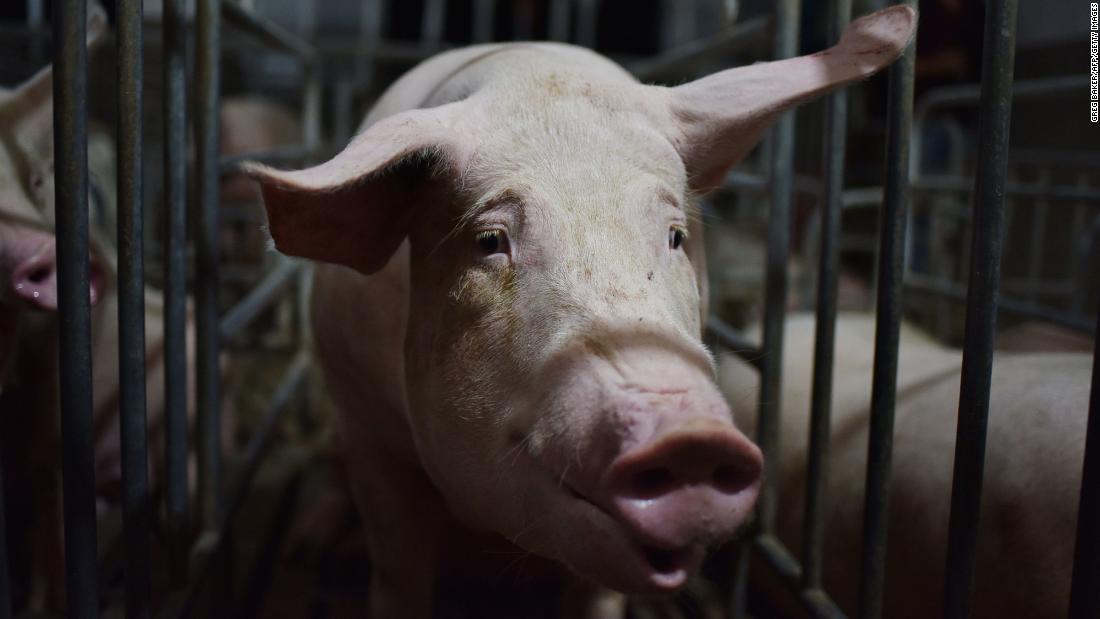
But Dr. Angela Rasmussen, a virologist at Columbia University’s school of public health, warned the public not to panic.
Chinese researchers based at various institutions, including Shandong Agricultural University and China’s National Influenza Center, discovered the G4 virus during a pig surveillance program. From 2011 to 2018, they collected more than 30,000 pig swab samples from slaughterhouses and veterinary teaching hospitals in 10 Chinese provinces.
From these samples, the researchers identified 179 swine influenza viruses, but not all of them were of concern. Some only appeared one year out of the show’s seven, or eventually declined to non-threatening levels.
But the G4 virus continued to appear in pigs, year after year, and even showed a sharp increase in the swine population after 2016.
Other tests showed that G4 can infect humans by binding to our cells and receptors, and can rapidly replicate within our airway cells. And although G4 contains H1N1 genes, people who received seasonal flu vaccines will not have immunity.
G4 already appears to have infected humans in China. In Hebei and Shandong provinces, both places with a high number of pigs, more than 10% of pig workers on pig farms and 4.4% of the general population tested positive in a 2016-2018 survey.
There is still no evidence that G4 can spread from person to person, perhaps the most promising sign yet, said Carl Bergstrom, a professor of biology at the University of Washington.
However, the researchers caution in the document that the virus was on the rise among pig populations and that it could “pose a serious threat to human health” if not carefully controlled. Transmission of the virus from pigs to humans could “lead to serious infection and even death,” said the study, which called for greater control of the virus’s spread within pig populations.
Surveillance and discovery
After 2009, the H1N1 virus in humans spread to pigs around the world, and genes mixed in new combinations, creating new viruses like G4.
“Pig farming is a massive industry in China and pigs can be important hosts for new flu viruses to emerge,” said James Wood, Head of Veterinary Medicine at the University of Cambridge. He added that the study was a “healthy reminder that we are constantly at risk of a new emergence of zoonotic pathogens and that farm animals, with which humans have more contact than wildlife, may act as a source of important pandemic viruses. “
To decrease the risk of a human pandemic, farmers and Chinese authorities should control the spread of the virus among pigs and closely monitor people who work with the animals, the team said.
The central Chinese city of Wuhan is ground zero for the new coronavirus, which emerged in December last year and began to spread internationally in January. The outbreak led China to impose strict blockades across the country, close local and provincial borders and order residents to stay at home.
The country began reopening in March after largely containing the virus, but new outbreaks and local broadcasts in recent weeks have caused some cities to be blocked again.
.